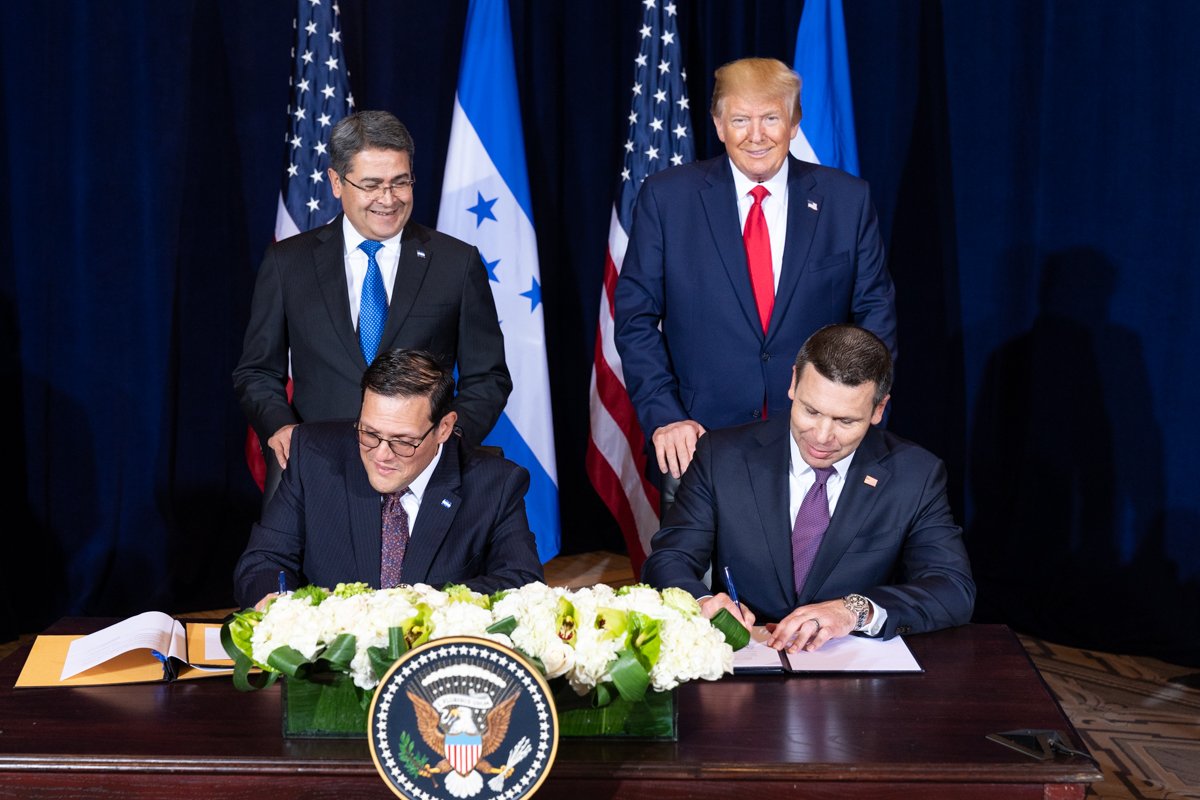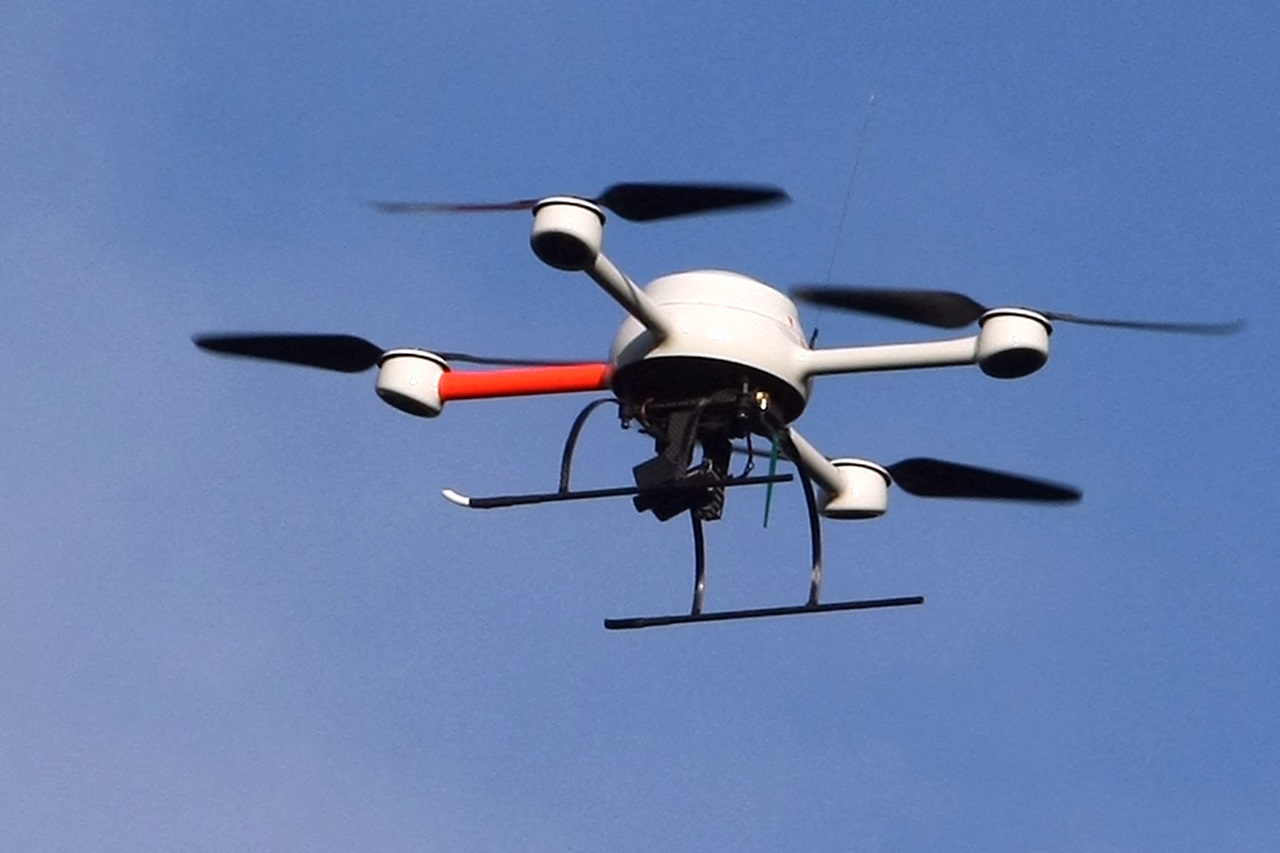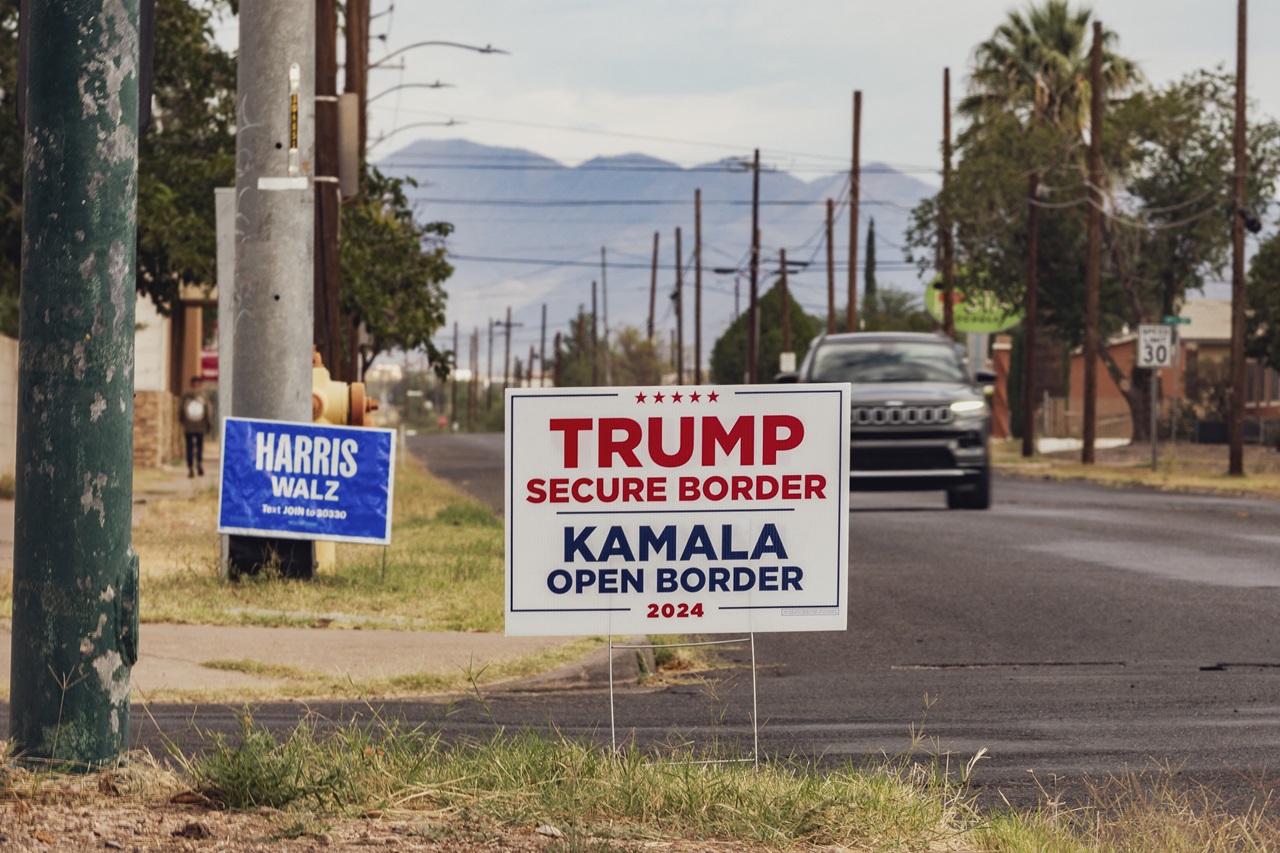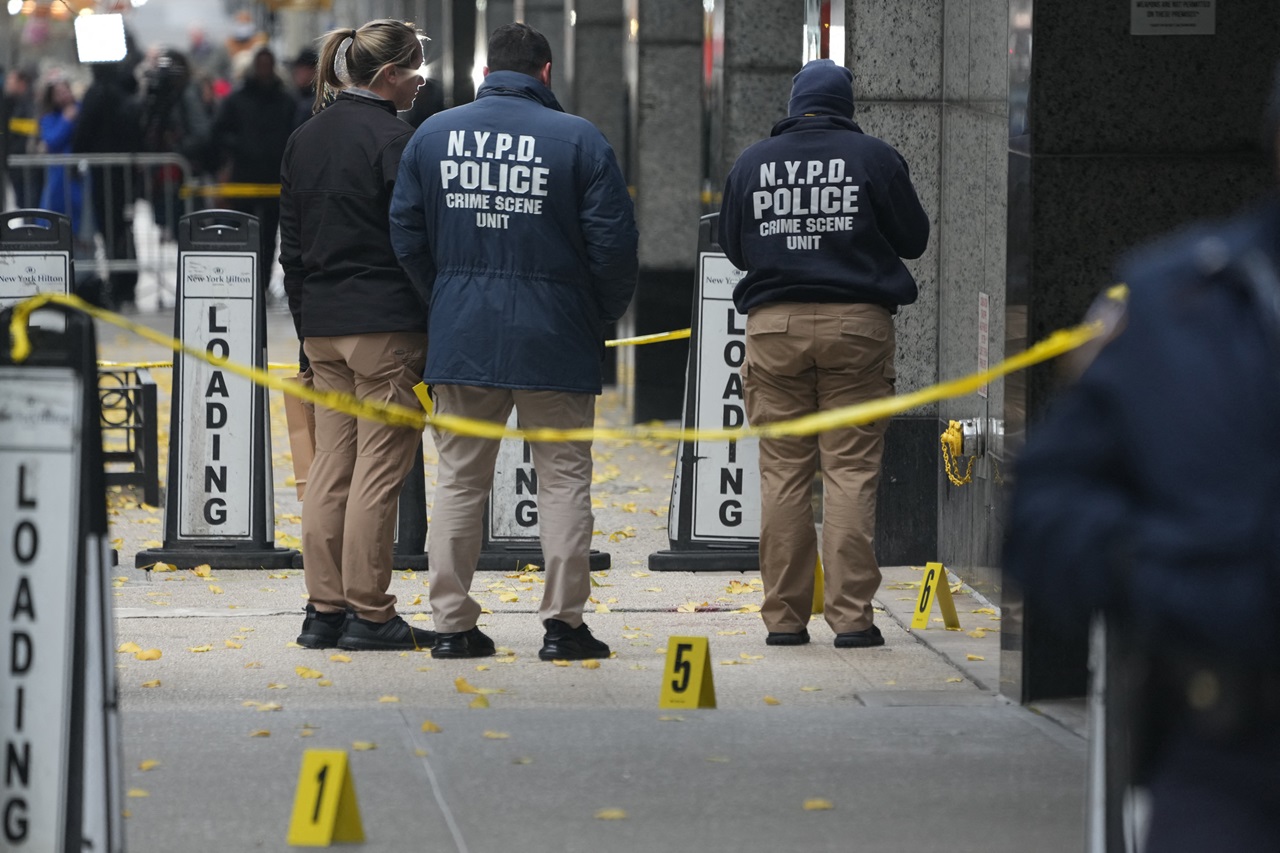
5 keys to understand the "safe third country" agreement between the US and Latin America
Honduras and El Salvador joint the US safe third country agreement. What does it all mean?
Honduras is the newest member of The US safe third-country agreement. The document was officially signed on September 25 at the UN convention. After both parties subscribed, US Secretary of Homeland Security, Kevin McAleenan tweeted.
Solving the crisis at the border means working with our neighbors in the region. Honduras has been a great partner. Today we signed a bilateral agreement to build stronger asylum capabilities in the Northern Triangle and further enhance asylum and protection capacity in Honduras. pic.twitter.com/oLENvMJaqh
— Acting Sec. Kevin McAleenan (@DHSMcAleenan) September 25, 2019
According to Honduran journal La Prensa, the decision was a long time coming. On Sep 8. the journal published an article -citing US diplomats as sources, saying Honduras and the US had reached the agreement on August 26, to “contain the massive influx of Cuban and Nicaraguan immigrants.”
As Susan Fratzke, from the Migration Policy Institute, told Forbes, it is an agreement made between countries or a particular region to required asylum seekers to make their claim in the first participant country they enter.
This would mean that asylum seekers who happen to pass through El Salvador before reaching the US have to apply for asylum there. If they don’t their claim can be dismissed and they can be sent back to their country of origin.
Let’s say people from Nicaragua are trying to reach the US to petition asylum. They will first reach Honduras. If they continue to the U.S. and reach the border, their asylum claim will not be processed. The people would be sent back to Honduras -the first safe third country member they reach, to process their cases.
Until 2019, Canada was the only other member of the safe third-country agreement, along with the US. Now, Honduras and El Salvador have officially joined the list.
In their eight pages agreement, Canada and the US call it a “smart border action plan that will allow [them] to more effectively manage the flow of refugee claimants.”
Earlier this year, the Trump administration was seeking to turn Mexico and Guatemala into safe third-countries.
In a turning table point, Mexico turned down the agreement. According to EFE, Mexico’s Foreign Minister Marcelo Ebrard called the agreement a “limitation to the right of asylum”.
Mexico claimed to be in a totally different place when it comes to its asylum policy. “It is very unlikely that Mexico will deny asylum to a person who requests it for political persecution," said Ebrard.
Less than a month later, Guatemala’s president Jimmy Morales also turned down the offer. However, the Trump administration threatened the country with sanctions if it didn’t agree to the deal.
“We’ll either do tariffs or we’ll do something. We’re looking at something very severe with respect to Guatemala,” Trump said.
Guatemala signed the agreement on July 26. But the upcoming president Alejandro Giammattei said the Central American county didn’t fit the definition of safe third-country and does not comply with the provisions of the Geneva Convention on the Status of Refugees.
Soon after, El Salvador signed the agreement.
One of the newest members of the safe third-country agreement has seen its own citizens fleeing their home country to seek asylum in the US. But now, it will become a safe country for other immigrants to arrived and apply for US asylum, without stepping foot in the American border.
RELATED CONTENT
In August 2019, El Salvador publicly announced it would not be a safe third country, but that change in September.
While, The US Secretary of Homeland Security, Kevin McAleenan praised the breakthrough; Salvadorean Chancellor Alexandra Hill Tinoco assured The US will help El Salvador become a safer country and end gang violence.
“These individuals [gangs] threaten people, kill people. They require the poorest and most vulnerable population to pay just to cross the street," said Hill Tinoco.
All Hondurans and Salvadoreans citizens who arrive in the United States and asks for asylum will not be returned to their home countries, but may be sent to another nation qualified as a "safe third country."
Amnesty International condemned the Trump administration for “eviscerating the right to seek safety in countries where they will not be safe.”
“It is not safe for its own citizens, much less for asylum-seekers,” reads the response.
Charanya Krishnaswami, advocacy director for the Americas at Amnesty International USA, said the agreement makes “a mockery of the right to asylum.” In the document Amnesty International shows concern for El Salvador's violence rates, calling them “the highest of the world.”
“This agreement makes a mockery of the right to asylum. People should not be forced to seek safety in countries where they will not be safe.
— Amnesty International (@amnestyusa) September 20, 2019











LEAVE A COMMENT:
Join the discussion! Leave a comment.